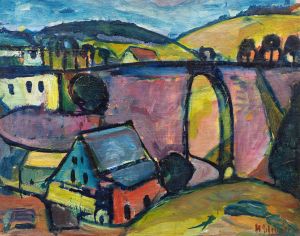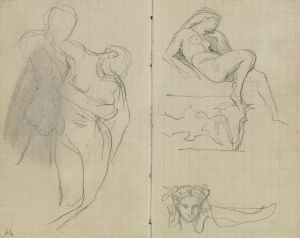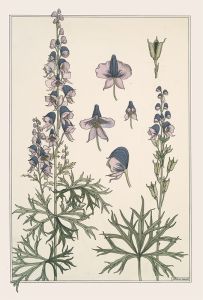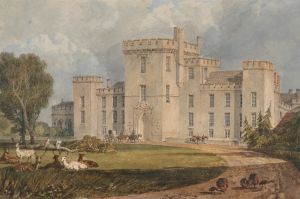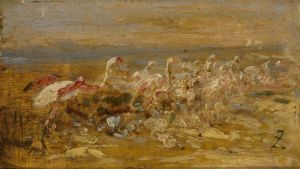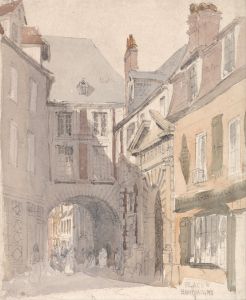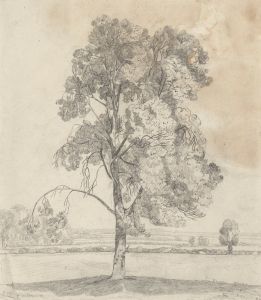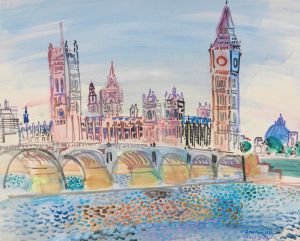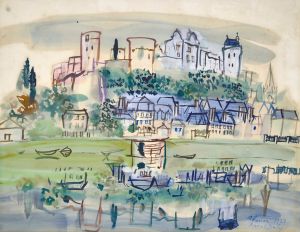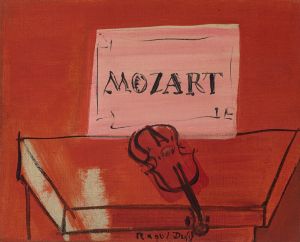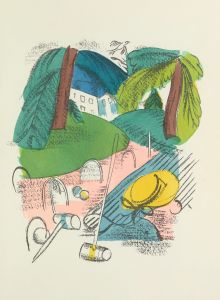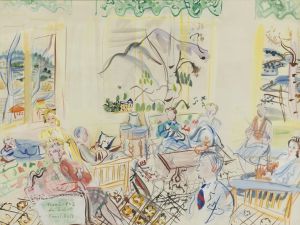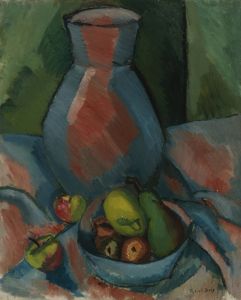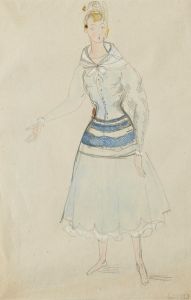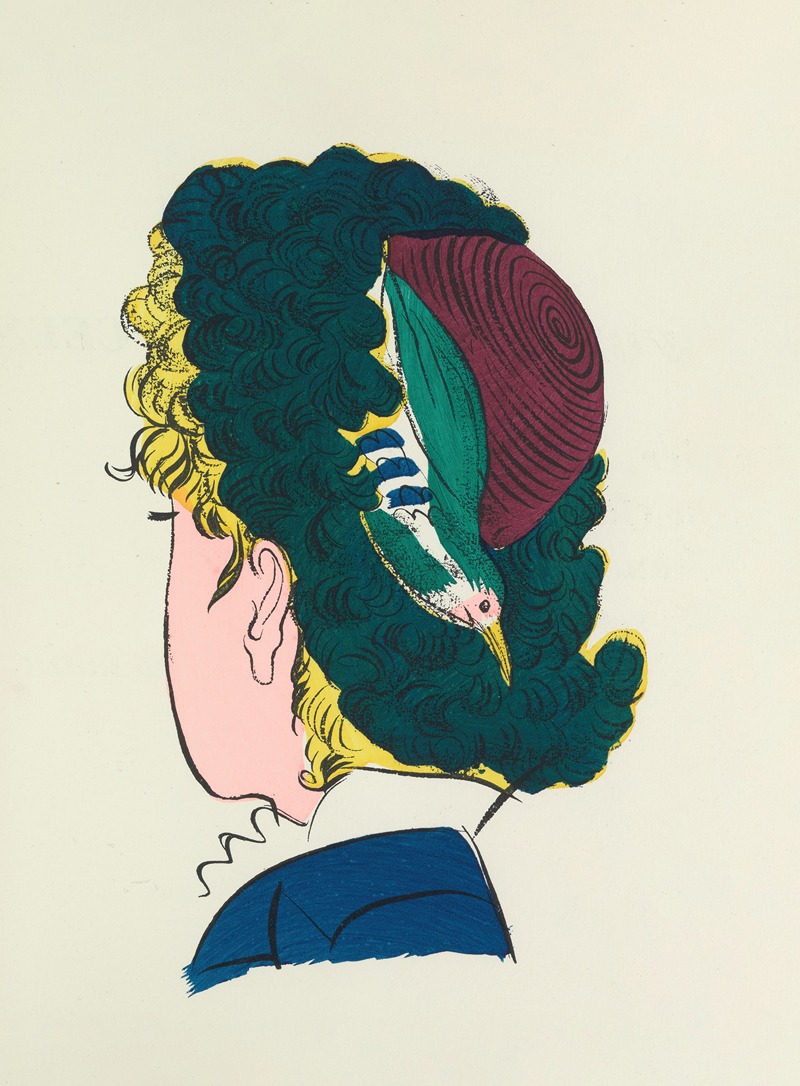
Madrigaux pl 24
A hand-painted replica of Raoul Dufy’s masterpiece Madrigaux pl 24, meticulously crafted by professional artists to capture the true essence of the original. Each piece is created with museum-quality canvas and rare mineral pigments, carefully painted by experienced artists with delicate brushstrokes and rich, layered colors to perfectly recreate the texture of the original artwork. Unlike machine-printed reproductions, this hand-painted version brings the painting to life, infused with the artist’s emotions and skill in every stroke. Whether for personal collection or home decoration, it instantly elevates the artistic atmosphere of any space.
Raoul Dufy (1877–1953) was a French Fauvist painter known for his colorful and decorative style. He was a prolific artist who worked in various mediums, including painting, drawing, printmaking, and textile design. Dufy's work is characterized by its vibrant use of color and fluid lines, often depicting leisure scenes, landscapes, and musical events.
"Madrigaux pl 24" is one of Dufy's artworks, although specific details about this particular piece are not widely documented. Dufy's oeuvre often includes themes of music and poetry, which may be reflected in the title "Madrigaux," suggesting a connection to madrigals, a form of vocal chamber music that originated in the Renaissance and was known for its expressive and poetic qualities.
Dufy was influenced by the Fauvist movement, which emphasized painterly qualities and strong color over representational or realistic values. This influence is evident in his use of bold colors and loose brushwork. His style evolved over time, incorporating elements of Impressionism and Cubism, but he maintained a distinctive approach that celebrated joy and beauty.
Throughout his career, Dufy collaborated with various poets and musicians, which might provide context for a work titled "Madrigaux." He was known for his ability to translate the rhythm and harmony of music into visual art, creating pieces that resonate with a sense of movement and vitality. This synthesis of art forms was a hallmark of Dufy's work, as he sought to capture the ephemeral and joyous aspects of life.
Dufy's contribution to the art world extends beyond painting. He was also a successful textile designer, working with the fashion designer Paul Poiret and creating patterns that were both innovative and commercially successful. His designs often featured floral motifs and vibrant colors, reflecting the same aesthetic principles found in his paintings.
In addition to textiles, Dufy worked on large-scale public commissions, including murals and ceramics. One of his most famous works is the mural "La Fée Électricité," created for the 1937 International Exposition in Paris, which celebrates the history and applications of electricity.
While specific information about "Madrigaux pl 24" is limited, it can be appreciated within the broader context of Dufy's artistic legacy. His work continues to be celebrated for its joyful expression and masterful use of color, capturing the essence of the world with a sense of lightness and elegance. Dufy's art remains influential, and his pieces are held in numerous public and private collections worldwide, ensuring that his vibrant vision endures.





